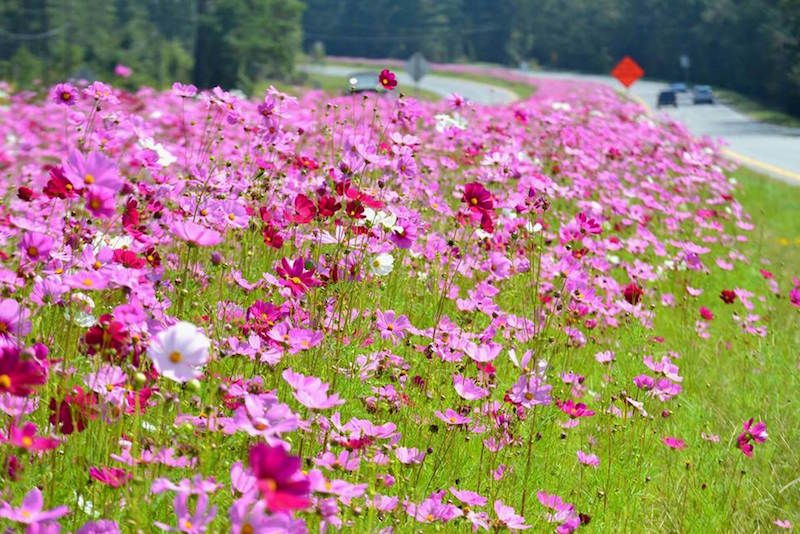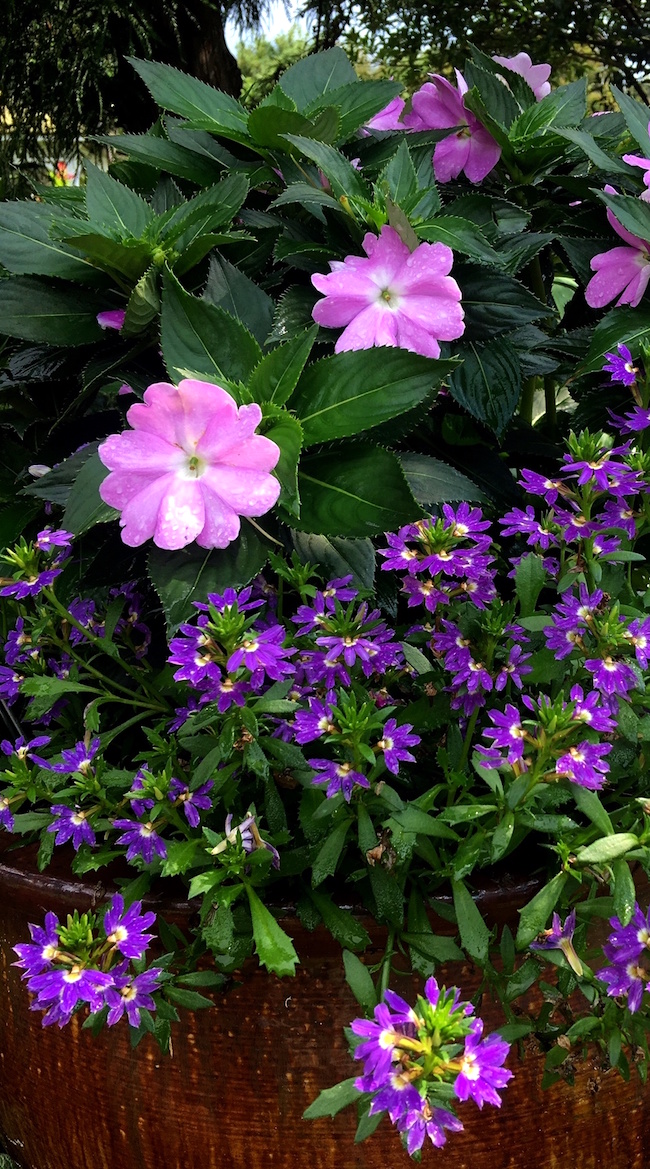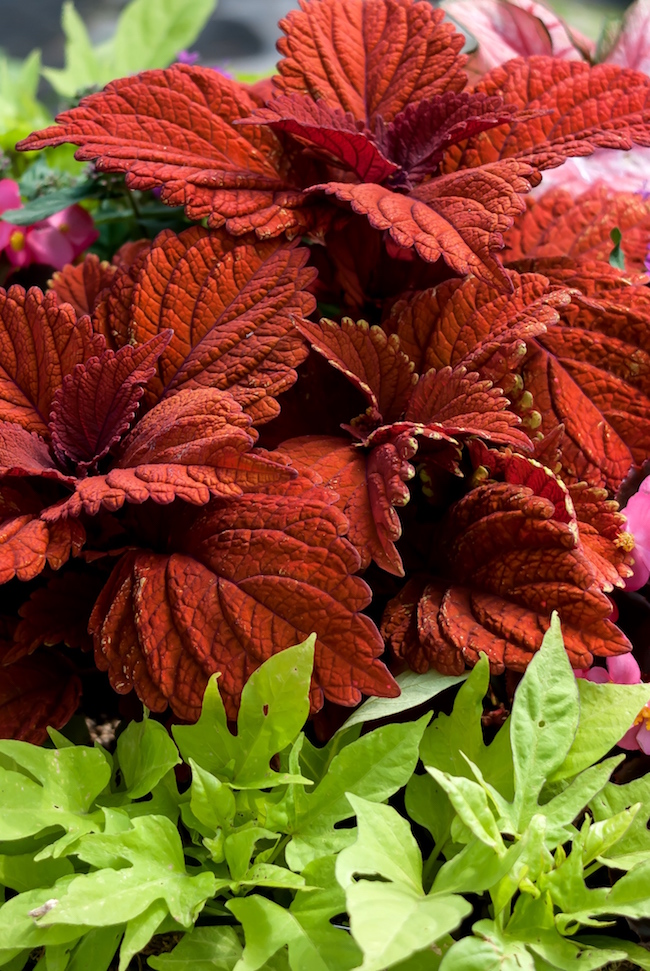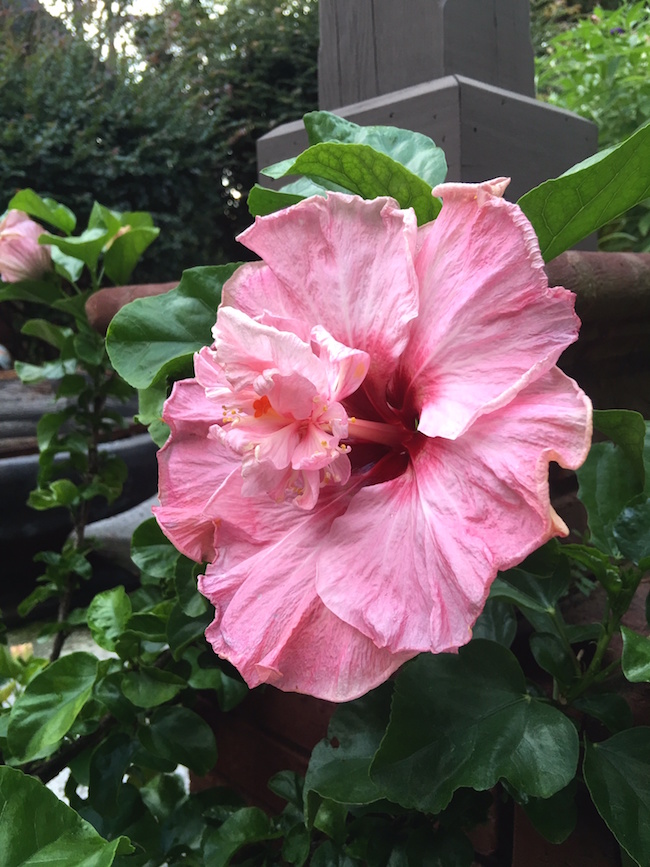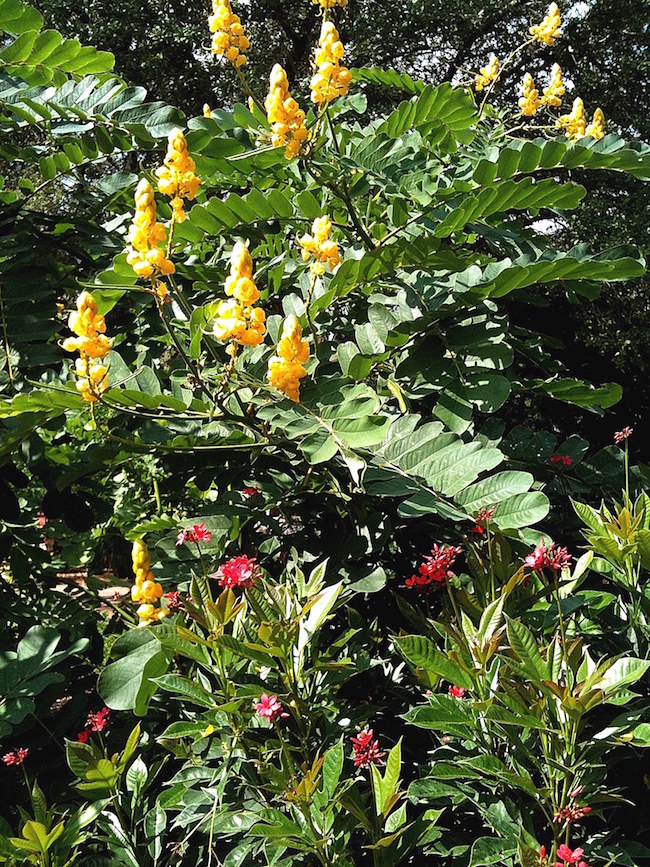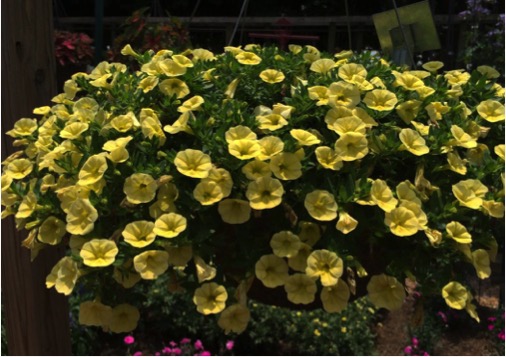 CAES News
CAES News
Plant Sales
Fall weather means fall gardening, and several groups at the University of Georgia’s College of Agricultural and Environmental Sciences will be offering the fruits of their labors at ornamental plant sales across campus this semester. On Friday, Oct. 18, the Trial Gardens at University of Georgia will hold its annual Fall Houseplant Sale, and on Wednesday, Nov. 20, greenhouse management students will offer their ornamental plant sale at the South Milledge Greenhouse Complex.

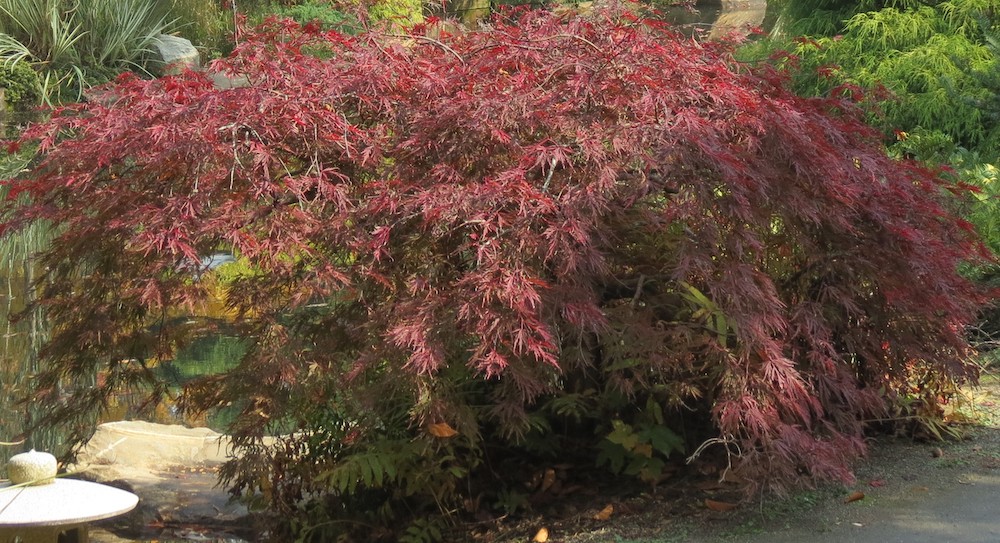
.jpg)
